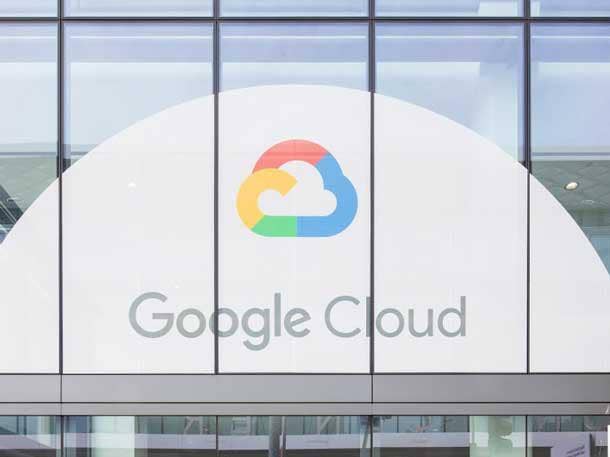Pichai: Google Cloud Annual Revenue Run Rate Exceeding $8B
'We continue to build our world-class cloud team to help support our customers and expand the business and are looking to triple our sales force over the next few years,' Google CEO Sundar Pichai said. 'We are doing it aggressively in major markets around the world.'

Google parent company Alphabet beat analysts’ second-quarter earnings expectations, with strong momentum from Google Cloud, which reached an annual revenue run rate of more than $8 billion and was the third largest driver of growth.
“We continue to build our world-class cloud team to help support our customers and expand the business and are looking to triple our sales force over the next few years,” Google CEO Sundar Pichai said. “We are doing it aggressively in major markets around the world.”
The Mountain View, Calif.-based technology giant reported net income of $9.9 billion or $14.21 in earnings per share (EPS) for the three-month period that ended June 30, compared to $3.195 billion in the second quarter of 2018, or $4.54 in EPS. Revenue hit $38.94 billion, up 19 percent from $32.7 billion in the same quarter last year.
Analysts had expected a 17 percent increase in revenue to $38.21 billion from the prior-year quarter and EPS of $11.46 percent, a 2.5 percent decline.
“Once again, our results were driven by ongoing strength in mobile search in particular, as well as YouTube and cloud,” Alphabet and Google chief financial officer Ruth Porat said.
Google Cloud continues to grow at a significant pace, and Google Cloud Platform (GCP) remains one of the fastest growing businesses for Alphabet, according to Porat.
The $8 billion run rate for Google Cloud includes both GCP and the G Suite collaboration and productivity tools including Gmail, Hangouts, Calendar, Google+ and Docs. It’s double the rate reported by Google in early 2018, when it cited a revenue run rate of $1 billion per quarter.
New Google Cloud CEO Thomas Kurian has been heavily focused on Google Cloud’s go-to-market proposition, according to Pinchai.
“Mainly with the realization that we are very competitive when we are there in the mix,” Picnhai said. “So (we’re) focusing on how we can scale up and really build a customer-facing organization. We are investing heavily, be it in sales, service, partner and operational teams.”
The company does not single out revenue for Google Cloud, instead reporting it as part of its “other” revenue category, which also covers hardware (including Nest) and Google Play. That “other” revenue was at $6.18 billion -- up 40 percent from the same quarter last year, when it came in at $4.425 billion -- fueled by Google’s cloud business and a strong contribution from the Google Play app store.
“Once again, cloud was the largest driver within ‘other’ revenues, and the third largest driver of revenue growth for Alphabet overall,” Porat said. “Within cloud, growth in GCP was once again the primary driver of performance. GCP was led by strong customer demand for our compute and data analytics products. And G Suite continues to deliver strong growth...with results benefiting from both new pricing and seat growth.”
Google's headcount stood at 107,646 in the quarter, up by 4,187 from the first quarter.
“Consistent with prior quarters, the majority of new hires were engineers and product managers,” Porat said. “In terms of product areas, the most sizable headcount increases were again in cloud for both technical and sales roles. Operationally, we're taking steps to optimize workforce deployment by moving certain customer support functions in-house, which is both opex neutral and enhances operational effectiveness.”
Google stock -- which closed today at $1,135.94 per share, down $3.79 or 0.33 percent – was at $1,232.45 per share, up $96.51 or 8.5 percent, in after-hours trading as of 6:50 p.m. EST
Alphabet’s board authorized the repurchase of up to an additional $25 billion of the company’s class C capital stock.
“We believe there are two important factors when considering our pace of (capital expenditure) investing,” Porat said. “First, we expect the overall growth rate will moderate quite significantly for the full year 2019 versus 2018. Second, in terms of the mix within technical infrastructure, we expect to see more of an uptick in 2019 in data center investments relative to servers in contrast to the ranking in 2018 Growth in technical infrastructure is designed to support in particular our efforts in machine learning across our businesses, as well as to support growth in cloud, search and YouTube. With respect to capital allocation, our primary use of capital continues to be to support organic growth in our businesses, followed by retaining flexibility for acquisitions and investments. We compliment these growth drivers with a return of capital.”